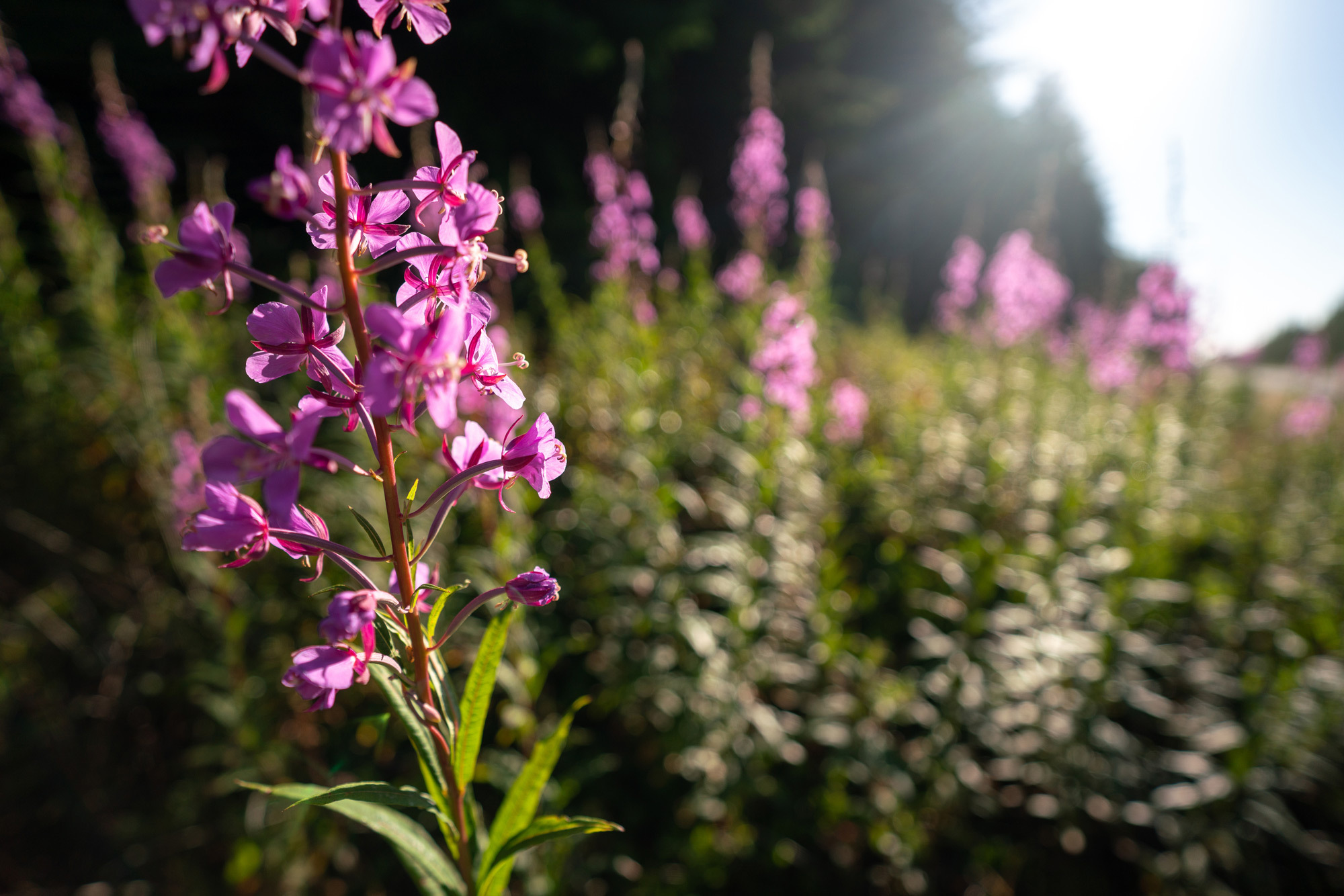Fireweed
Fireweed, with its bright pink blossoms, is a spectacle to behold, painting vast stretches of Alberta with its lively hue, especially after forest fires. Beyond its beauty, this resilient plant holds a wealth of cultural, medicinal, and culinary importance in the region.

More on Fireweed
About
Epilobium, commonly known as fireweed, is a tall perennial herb that bursts into brilliant pink flowers from mid-summer to early fall. Its name stems from its ability to rapidly populate areas recently scorched by wildfires. Thriving in a variety of conditions, from mountain meadows to riverbanks, fireweed is a familiar sight in Alberta, particularly in disturbed areas that nature is reclaiming.
History
For Indigenous communities of Alberta, fireweed has been a plant of significance for generations. Its presence after forest fires has been a symbol of nature's ability to heal and regenerate. Traditionally, various parts of the plant have been used for medicinal purposes, treating ailments ranging from gastrointestinal issues to skin inflammations. The plant has also been integrated into spiritual ceremonies, symbolizing rebirth and resilience, and some Nations using a clan-based system have Fireweed Clans.
Ways To Cook
Fireweed offers a culinary delight beyond its vibrant appearance. Its young shoots can be consumed as a green vegetable, either raw in salads or lightly sautéed. The blossoms make a fragrant floral tea or can be incorporated into homemade jellies and jams, imparting a unique flavour and a lovely pink hue. In Alberta, "fireweed honey" or "fireweed jelly" can sometimes be found at local markets, made by infusing the flowers in honey or processing them into a sweet spread. Moreover, the plant's seeds, encased in silken fluff, have been used by Indigenous communities to add texture and flavour to traditional dishes. Culinary enthusiasts in the province often experiment with fireweed, introducing its distinct taste and colour into modern recipes.
